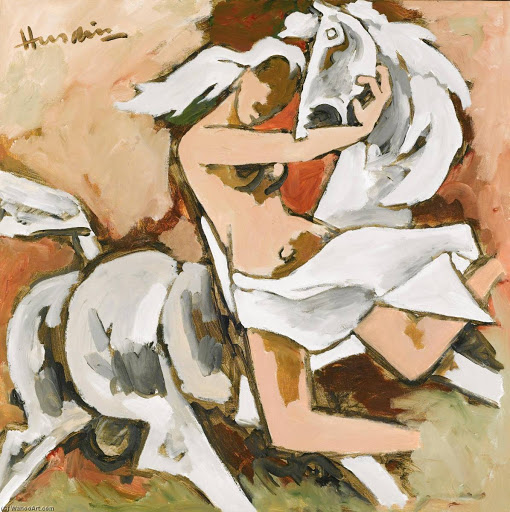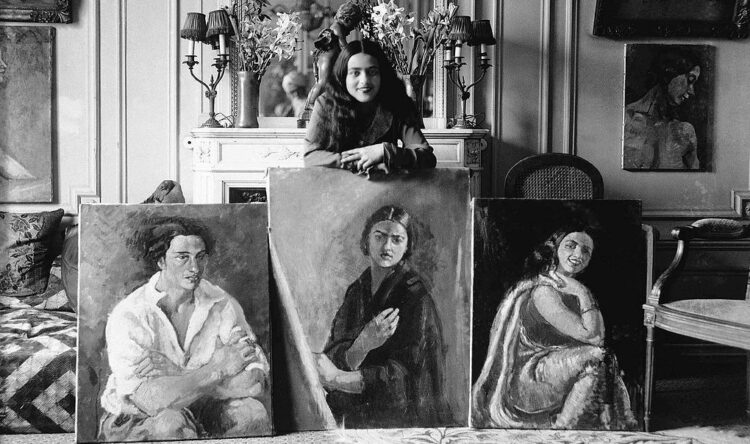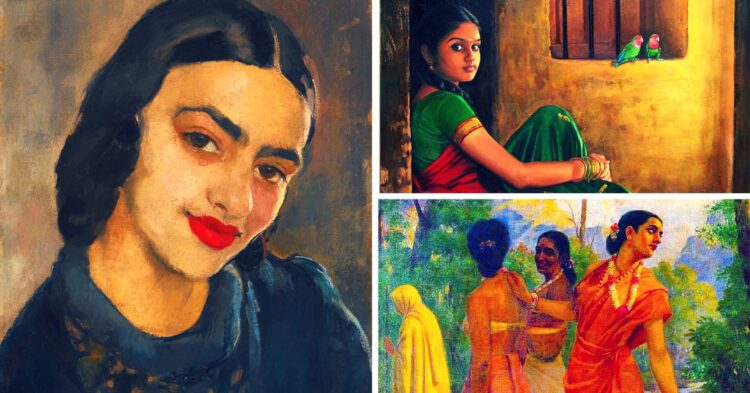India is a truly unique country, and anyone who has visited it said it was an experience that is never forgotten.
It is one of the countries with the largest population on the planet. In addition, it is a country that occupies a huge area, so large that it is considered to be a subcontinent of Asia. These facts alone say that this country does not have only one face, on the contrary, you will see so many different things and contrasts in this country, and you will surely remember the impressions you take from it for the rest of your life.
However, there are many misconceptions about this country, their behavior, and culture, which are either completely inaccurate or completely correct. Misconceptions about India also create prejudices, thus spreading the bad image of this country, which is completely unfair.
As an extremely important culture, both in the history of mankind and today, it is probably not know enough about its painting and art in general. The circulation area of their art extends to today’s countries Pakistan, Bangladesh and the east of Afghanistan.
We will present some of the most prominent names in the art world of India.
Maqbool Fida Husain

Known as MF Husain, he was a modern painter of international acclaim, and one of the founders of the Bombay Progressive Artists’ Group (Pag). He has also directed several films.
In 1967, he received the National Film Award for Best Experimental Film, Through The Eyes of a Painter. In 2004, he directed “Meenaxi: A Tale of Three Cities,” which was screened at the 2004 Cannes Film Festival.
From the beginning of his painting career until his death, Hussein enjoyed displaying the live and free spirit of horses.
He was often referred to as the “Picasso of India” because Makbul Fida Husain was the most celebrated and internationally acclaimed Indian artist of the 20th century.
Husain is primarily known for his paintings, but he is also known for his drawings and works as a graphic artist, photographer, and director.
Some of his later works caused controversy as they portrayed traditional deities in non-traditional ways.
Many believe he can match the biggest names in art history and that he has never lost his will to live, painting anywhere and anytime. He was known for his inexhaustible energy.
In 2006, Husain apologized for his images of Hindu gods which considered to be insulting to religion and promised not to exhibit them at exhibitions. In 2008, the Supreme Court dismissed all allegations against a famous painter, explaining that their culture is closely related to nudity and that this should not be a problem.
Amrita Sher-Gil, Indian Frida Kahlo

She was a prominent painter of the 20th century, one of the most important Indian and world artists of her time. Her artistic legacy was on a par with the achievements of the Bengali Renaissance, and she was often referred to as the Indian Frida Kahlo.
Amrita (in Sanskrit “immortal”) was born on January 30, 1913, in Budapest, as the first child of Umrah Singh Sher-Gila Majithi and Marie Antoniette Gottesmann. Her father was an expert in Sanskrit and Farsi, and her mother was an opera singer. In 1921, the family moved to Shimla.
Amrita started painting as a five-year-old girl, and her parents soon recognized the potential for developing that talent and began taking her lessons.
Her mother wanted to expose her to the influence of European art, as well as to certain painting techniques, which is why she started her education at an art school in Florence. However, Amrita did not stay there, returning to India in 1924.
At 16, she traveled to Europe with her mother again, this time to Paris. She was inspired by European painters such as Paul Cezanne and Paul Gauguin, and this influence of Western painting is very visible in her early works.
If you are not familiar with her work, you can find out more at MeisterDrucke.
In 1932, she painted her first major work, Young Girls, which made her to the famed Grand Salon in Paris as the youngest artist to exhibit her work, and the only Asian to earn this recognition.
The young Amrita was reportedly acquainted in Paris with the luxuries and vices of the artistic circles of the time. Still, her longing drove her back to India, which she might have perceived more as the origin of her identity than her native continent.
It was in India that her painting reached its peak. Amrita made the most of European and Indian painting.
Amrita’s painting thus combines the sharpest spices of the two worlds, eternally in strife and love, of distant but at the same time very close lovers, West and East.
She moved with her husband to present-day Pakistan in 1941, where she suddenly became ill, ended in a coma, and then died.
There are various theories about her sudden death as well as her life, but we will never know the truth.
Raja Ravi Varma
Raja Ravi Varma was a painter and artist, considered one of the best painters in the history of Indian art. He is known for his paintings, which are mainly based on ancient mythology and famous epics Mahabharata and RamayanaOne of the few who successfully combined Indian tradition and European art. Varma was also responsible for bringing Indian art to the whole world with his impeccable technique. While Europeans and other art lovers admired his technique, the laity enjoyed his work for its simplicity.
Varma’s paintings highlighted the beauty of the women of South India, who were admired by everyone. His interpretation of the Hindu gods and goddesses became worship material for many people belonging to the lower castes. At that time, these people were often forbidden to enter the temples and, therefore, celebrated Varma’s works, because they gave them an idea of what the deities looked like inside the temple. He made the culture accessible to everyone. He did this by making affordable lithographs, which were accessible even to the poor. Alternatively, this also made him a familiar name and Raja Ravi Varma soon captured everyone’s hearts.
Raja Ravi Varma began his career at an early age and soon enjoyed wide recognition for his works. In 1873, his paintings were not only exhibited in an outstanding exhibition in Vienna, but he also won an award for one of his exhibitions.
His paintings can be classified into three categories: portraits, compositions based on portraits and theatrical compositions based on myths and legends. It is the third category of paintings for which Raja Ravi Varma is most recognized. Through his paintings, he gave an idea of the famous mythological stories to those who were not lucky enough to hear or read them.
Conclusion:
The art of this country offers you many more, many artists in different fields, so if you liked the painters mentioned above, explore their work and those of other artists in more detail.
